Growing Demand for Electricity
The North America Transmission Infrastructure Market is significantly influenced by the growing demand for electricity across various sectors. As population growth and urbanization continue to escalate, the need for reliable and efficient transmission systems becomes paramount. The U.S. Energy Information Administration projects that electricity consumption will increase by approximately 1.5% annually over the next decade. This rising demand necessitates the expansion and enhancement of transmission networks to ensure that energy can be delivered effectively from generation sources to end-users. Consequently, utilities are investing in new transmission lines and substations, which is expected to bolster the market's growth trajectory. Additionally, the shift towards electrification in transportation and heating sectors further amplifies the demand for robust transmission infrastructure.
Investment in Infrastructure Upgrades
The North America Transmission Infrastructure Market is currently experiencing a surge in investment aimed at upgrading aging infrastructure. With many transmission lines exceeding their intended lifespan, utilities are compelled to modernize their systems to enhance reliability and efficiency. According to the U.S. Energy Information Administration, approximately 70% of transmission lines are over 25 years old, indicating a pressing need for replacement and refurbishment. This investment trend is likely to drive growth in the market, as stakeholders recognize the importance of maintaining a robust transmission network to support increasing energy demands and integrate renewable energy sources. Furthermore, federal and state initiatives are providing financial incentives for infrastructure improvements, further stimulating market activity.
Regulatory Framework and Policy Support
The North America Transmission Infrastructure Market benefits from a supportive regulatory framework that encourages infrastructure development. Federal and state policies are increasingly focused on enhancing grid reliability and facilitating the integration of renewable energy sources. For instance, the Federal Energy Regulatory Commission has implemented measures to streamline the permitting process for new transmission projects, thereby reducing barriers to entry for utilities. Additionally, various state-level initiatives are promoting investments in transmission infrastructure to support clean energy goals. This regulatory support is likely to foster a conducive environment for market growth, as it aligns with the broader objectives of energy transition and sustainability. As policies evolve, they may further incentivize investments in modernizing and expanding transmission networks.
Increased Focus on Renewable Energy Sources
The North America Transmission Infrastructure Market is experiencing a paradigm shift due to the increased focus on renewable energy sources. As governments and utilities prioritize the transition to cleaner energy, the demand for robust transmission infrastructure to support renewable generation is intensifying. The U.S. Department of Energy has reported that renewable energy sources accounted for nearly 20% of total electricity generation in 2023, a figure that is expected to rise significantly in the coming years. This shift necessitates the development of new transmission lines to connect remote renewable energy projects to urban centers where demand is concentrated. Consequently, investments in transmission infrastructure are likely to accelerate, driven by the need to accommodate the growing share of renewables in the energy mix.
Technological Advancements in Transmission Systems
The North America Transmission Infrastructure Market is poised for transformation due to rapid technological advancements. Innovations such as high-voltage direct current (HVDC) technology and advanced monitoring systems are enhancing the efficiency and reliability of transmission networks. HVDC systems, for instance, allow for the long-distance transmission of electricity with minimal losses, making them increasingly attractive for utilities. The integration of smart grid technologies is also facilitating real-time monitoring and management of transmission systems, thereby improving operational efficiency. As these technologies become more prevalent, they are likely to drive investment and development within the market, enabling utilities to meet the challenges posed by an evolving energy landscape and increasing demand for sustainable energy solutions.


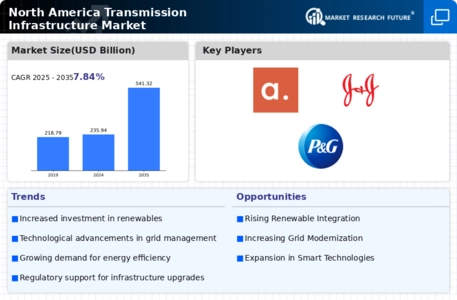
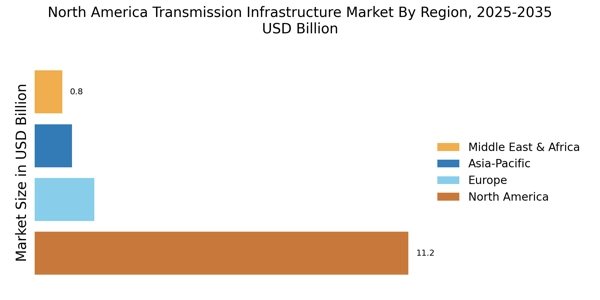
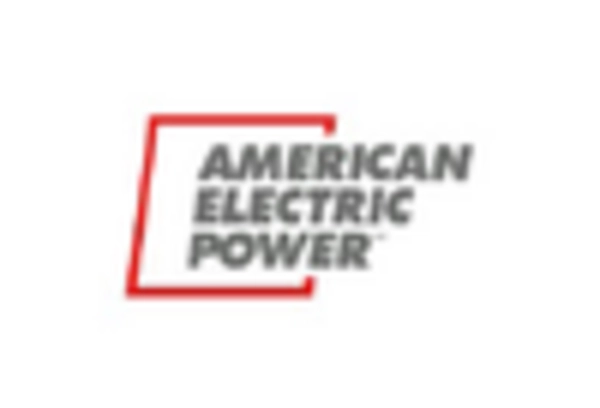


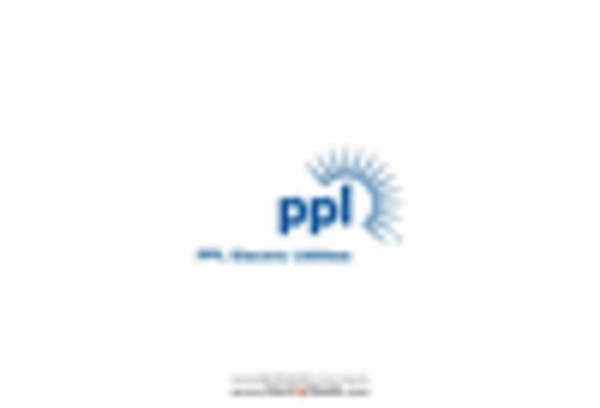

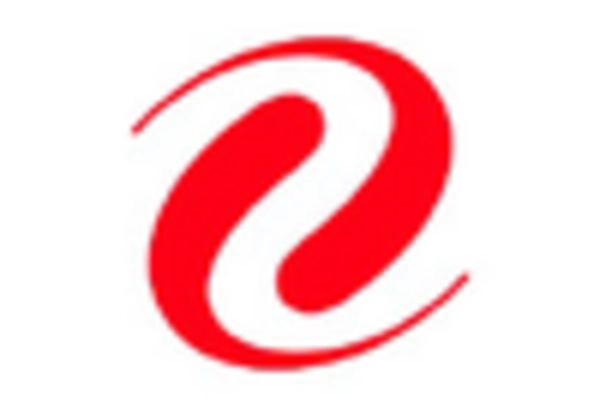








Leave a Comment